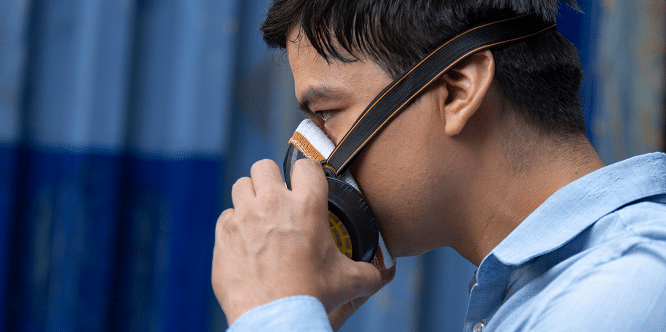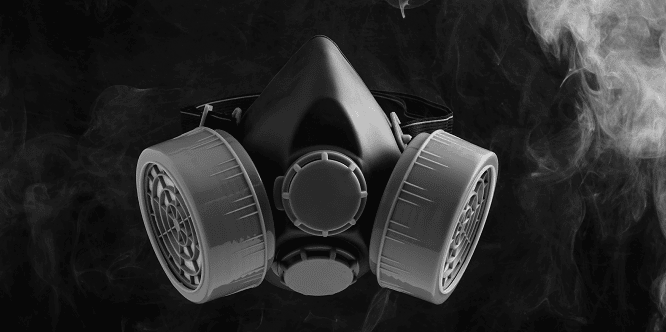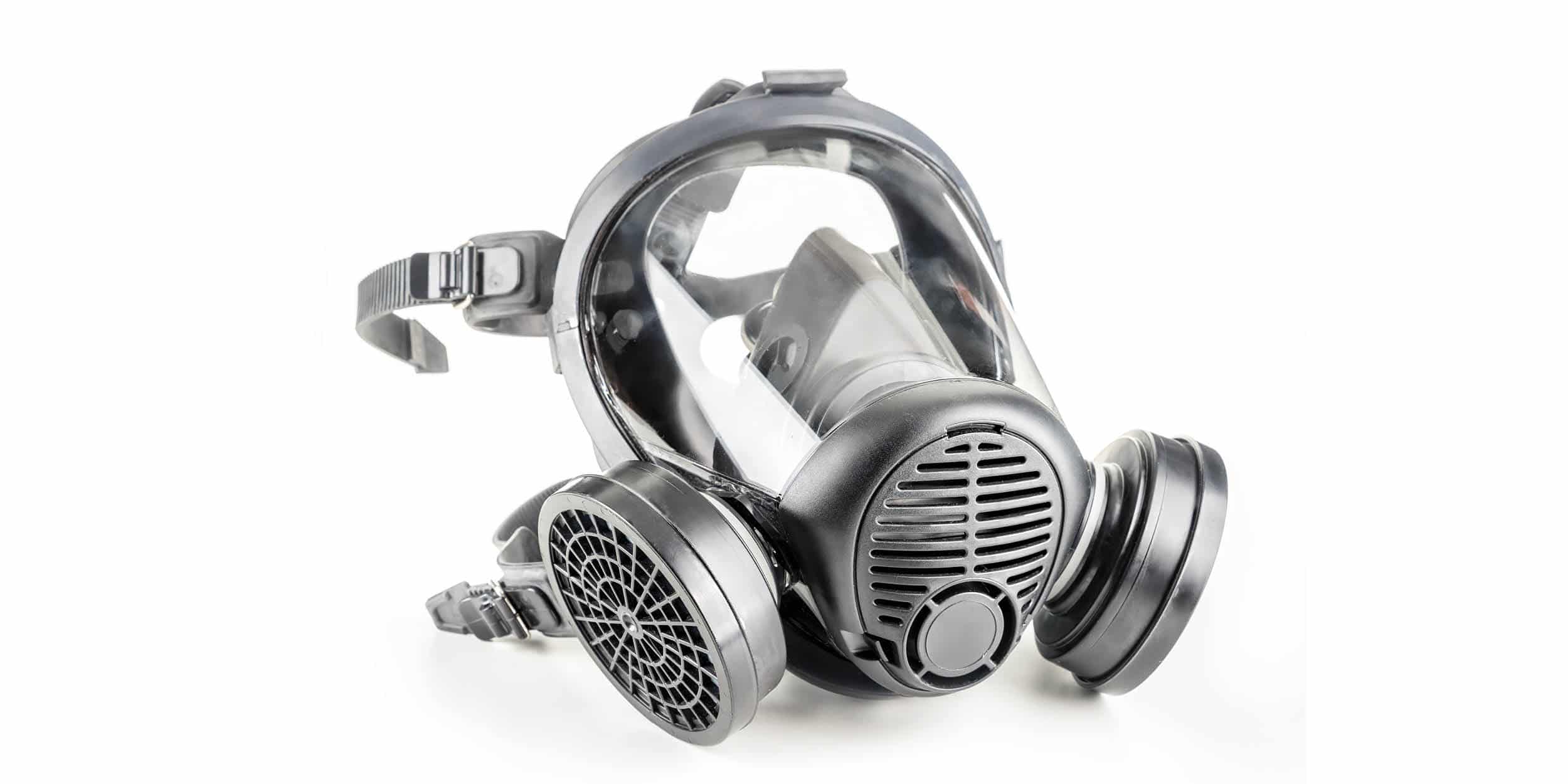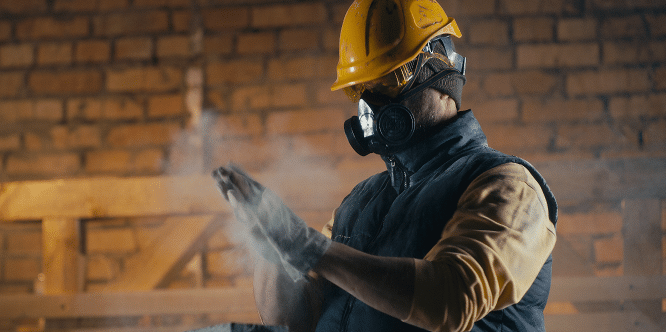Despite regulations that protect workers from overexposure to airborne silica, there are still situations in which it can be present in the air. Employers and workers need to be aware of potential exposure signs. Read on to learn about eight signs indicating you might have a problem with airborne silica on your job site.
Category : Lung Health Testing

The Importance of Conducting User Seal Checks
To ensure the proper fit and seal of a respirator, it is essential that employers conduct a user seal check regularly. A user seal check is a quick test that helps determine if the respirator is fitted correctly to the user’s face and provides an effective seal.

Workplace Safety Violations and What You Need to Know About Respiratory Protection
Respiratory Protection is among the top 3 safety violations released by OSHA in 2022. Here’s how you can help mitigate future risks!

Qualitative v. Quantitative Respirator Fit Testing
Delve into the differences between qualitative and quantitative respirator fit testing including the pros and cons of each test and tips for choosing the right test for your workforce.

Spirometry Testing (Pulmonary Lung Function Testing): Preparation, Procedure, Risks, and Test Results
Spirometry Testing is a type of Pulmonary Function Test often used by employers as part of their overall lung health monitoring program. Learn more about this test type.

What is the CSA Group, and How is it Important for Respirator-Fit Testing?
The CSA Group is a standards organization that develops standards in several areas, including respirator selection, care, use, and testing. Formerly known as the Canadian Standards Association (CSA), the CSA Group is integral to SureHire’s Respirator-Fit Testing program.

What is OSHA, and why is it Important for Respirator Fit Testing?
OSHA is one of several organizations integral to SureHire’s Respirator-Fit Testing service. We follow OSHA’s respirator-fit testing protocols to ensure the health and safety of the person wearing the respirator.

What is NIOSH and Why is it Important for Respirator Fit Testing?
The National Institute for Occupational Safety and Health (NIOSH) is one of several organizations integral to SureHire’s Respirator-Fit (Mask-Fit) Testing program. If you have employees using respirators and are engaging in respirator-fit testing (mask-fit testing), it is important to understand how organizations like NIOSH influence the equipment and testing services.

Occupational Testing Myths Exposed
Occupational testing is fraught with commonly held myths. Discover the facts and debunk the common myths.

4 Industries That Spark Employee Lung Health Issues
Employees in industries such as mining and manufacturing may be at risk for serious lung health issues if proper safety interventions aren’t used. Understand the risks and find out how you can intervene.

